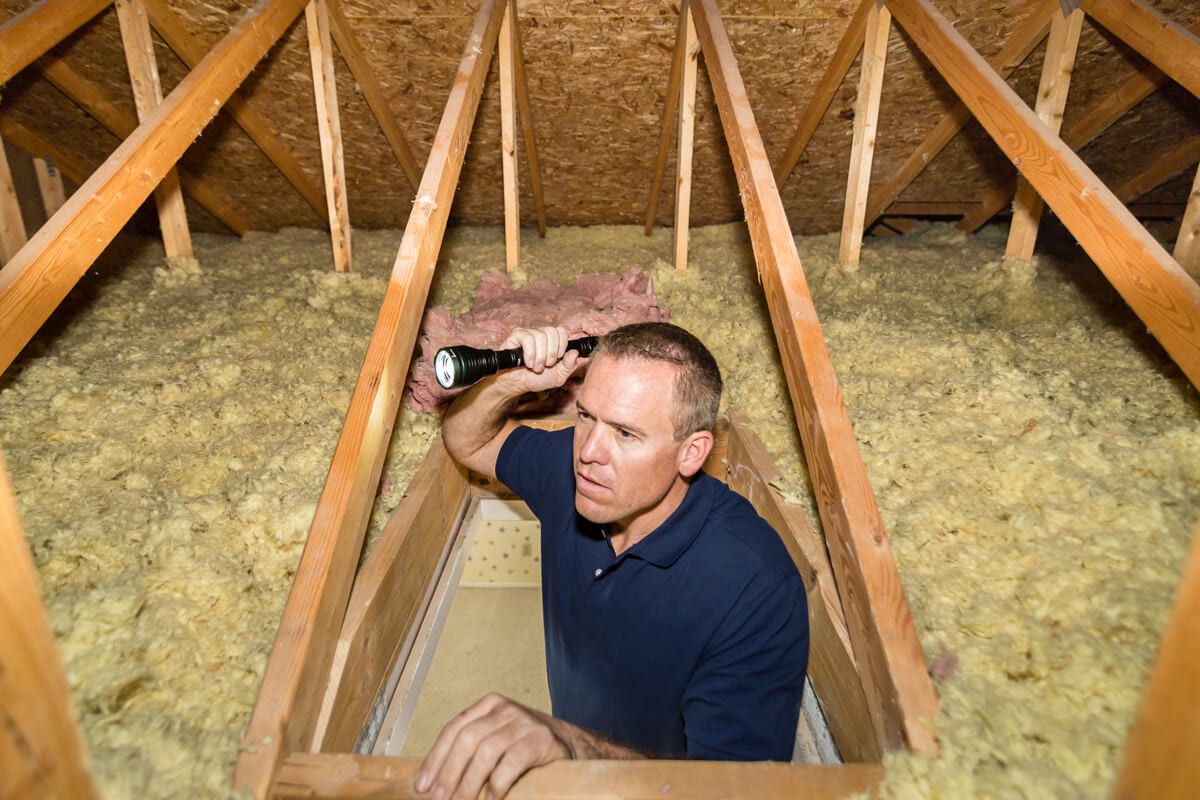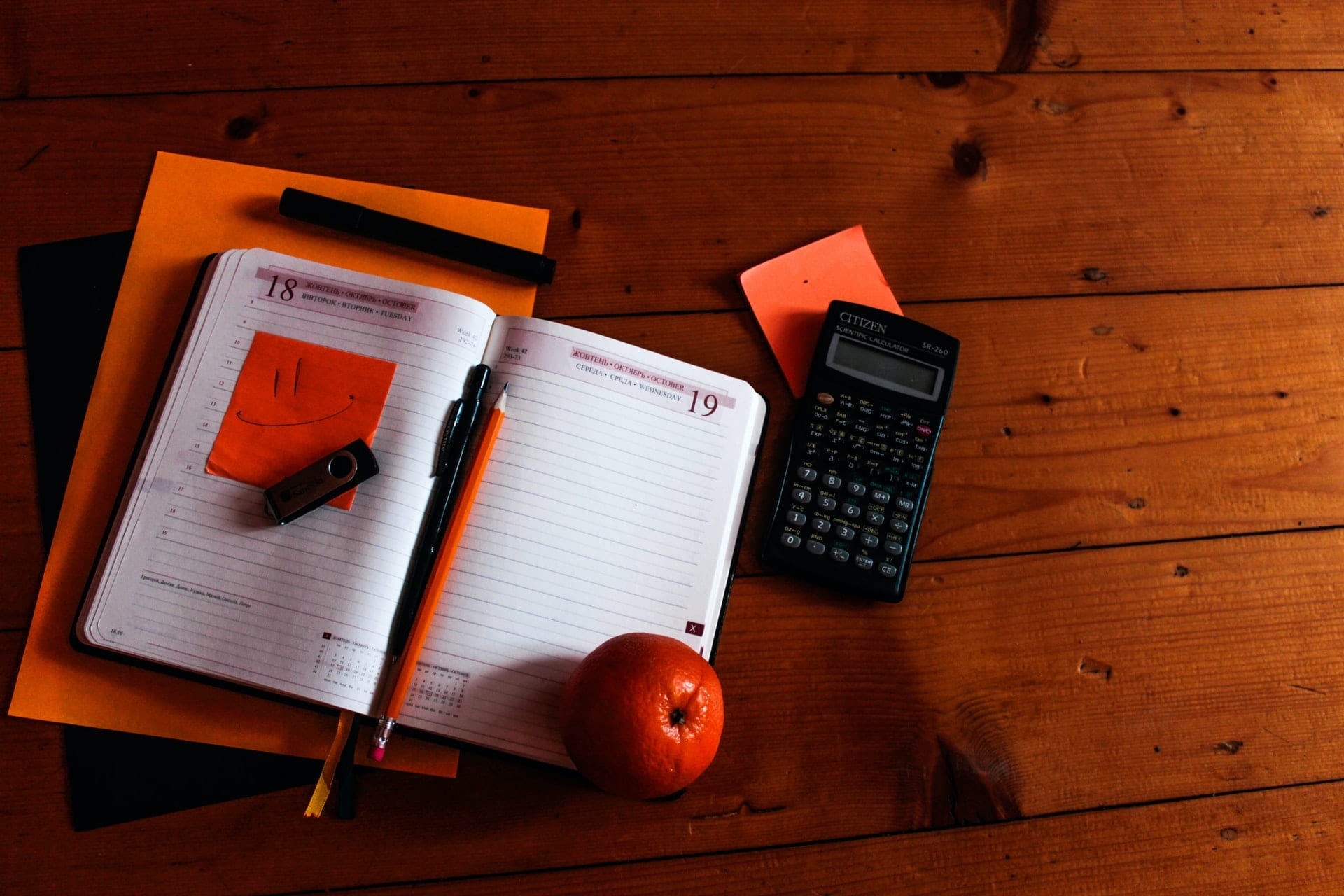
What to Expect from a Roof Inspection
The roof is one of the most important aspects of a home inspection, and an aspect of your home you should re-inspect over the years.
Homebuyers care about a home's roof a lot, and rightfully so. Common defects, such as leaks, water damage, or blistering can be costly repairs.
As a homebuyer or a homeowner, here's what a home inspector will look at during a roof inspection, and some of the most important aspects of your roof you should pay attention to when you own your home.
What do inspectors look for during a roof inspection?
Because issues in your roof can cause long-lasting problems, it's important to know what a home inspector or roofing professional will look for.
A home inspector might not get on your roof for a roof inspection.
If the weather is bad and the roof is slippery, or if other conditions make it dangerous for a home inspector, they'll likely inspect the roof from the ground. Even so, a professional inspector will be able to make you aware of necessary fixes and issues with the roof before you buy a home.
Here are the basics of what a home inspector will look for when inspecting a roof.
Roofing Material
A home inspector or roofing professional will examine the material of your roof, and look for any problems that you should be aware of before buying a home.
Gutters and Drainage Systems
Your inspector will inspect the gutter and drainage systems for standing water and note any ways in which they may not be functioning properly.
Chimney System and Skylights/Windows
If the roof has skylights, windows, or a chimney system, there is a chance that they are damaged or have caused damage to other parts of the roof, such as shingles. It's relatively common to see damaged shingles directly below a chimney.
Home inspectors will also check that any chimney has the correct flashing and saddles (if needed).
Flashing
Flashing on the roof in particular must adhere to strict building codes and is one of the most important parts of your roof inspection. A home inspector will make sure all flashing meets the code and report any damage and/or violations.
Trim, Fascia Boards, and Soffit
Your inspector will check for damage on the fascia boards, drip edge, and soffits. Damage to these aspects of the home can cause rot and mold growth that can be costly to repair.
Roof Penetrations
Vents or other penetrations can cause damage to a roof as they deteriorate over time or if they are installed/re-installed improperly. Because homeowners often DIY fix their roofs, an inspector will keep an eye out for these fixes and note them in your home inspection report.
Tree Branches
Tree branches overhanging a roof or other natural obstructions pose a risk for damage. A roof inspector will note any tree branches that might pose a threat to the roof or home and write recommendations accordingly.
Attic
While technically not a part of the roof, a home inspector will probably get in the attic during the roof portion of their inspection. The attic (if a home has one) can give them valuable insight for your roof inspection. Inspecting the roof from below can show signs of moisture and leaking, and can enhance their overall understanding of any roof defects.
By looking at the bottom of the roof from the inside, a home inspector might be able to catch damage or defects they wouldn't have caught on top of the roof or from their ladder.
Once you own a home, keep an eye out for signs of moisture and leaks in your attic. It's a great sign that it may be time for roof repairs.
Can I inspect my own roof?
Before buying a home, you should always get an inspection done by a home inspection professional.
Once you own your home, you can inspect your own roof, but be careful with DIY inspections and repairs. Even the most experienced home inspectors and roof inspectors are at risk when working on a roof.
Your safety should come first, and you should only get on your roof and attempt repairs if you are confident you know what you're doing. Often, repairs will be done better and more efficiently by a roofing professional.
Roof Inspection Frequently Asked Questions
How do you inspect a roof without getting on it?
Professional home inspectors can inspect a roof with a drone or camera if they are unable to access the roof. If you are inspecting your own roof, take safety measures and never attempt to access the roof if it's wet, slippery, or otherwise risky.
Do I need an annual roof inspection?
Typically, it's recommended that you get your roof inspected once a year. If you've recently experienced severe weather, such as a storm, you may want to schedule a roof inspection before the year is up. You can schedule a roof inspection with your home inspector, or with a roofing professional.
What are the most common problems found in a roof inspection?
A roof inspection is one of the most important parts of a home inspection. Some of the most common defects are:
- Damaged or missing shingles
- Cracked or rotting wood framing members (rafters, trusses, and joists)
- Mold or rot on the inside of the roof sheathing
- Mold or rot in attic insulation
- Damaged flashing around chimneys, skylights, and dormers
- Leaks
%20(2).png?width=495&height=175&name=Untitled%20(495%20%C3%97%20175%20px)%20(2).png)
